Shinjuku Boys (1995). Tatsu, A Transgender Man, Jokes With His Barber About His Changing Appearance,








Shinjuku Boys (1995). Tatsu, a transgender man, jokes with his barber about his changing appearance, and his newly masculine features.
TRANSCRIPT:
BARBER: So you go regularly to the hospital for your hormone injection? TATSU: [nods] BARBER: Does it hurt? TATSU: Not at all. BARBER: You have more facial hair. It must be the hormones. You’ll get a moustache soon. TATSU: I’ll look distinguished! They’ve made quite the difference. I never thought I’d change so much. Most customers say I’m like a man. BARBER: Really? TATSU: [laughing] They say, “You look like a man. You’re not cute.” BARBER: [laughs]
END TRANSCRIPT.
More Posts from Mygendertodayis and Others
Please Help Homeless Trans Women Serving Our Homeless Squatter Community Raise $80 to Buy Food for Ourselves and Our Neighbors
February 27th 2024

My girlfriend and I are two transgender homeless women living in Slab City, a homeless squatter town in the middle of the desert.
We live in one of the poorest communities in the United States. Around this time of month everyone is out of EBT money to buy food with and starting to starve.
Our camp is dedicated to helping our neighbors and our community. During the end of the month we often provide meals and a community pantry.
To go shopping for the bare necessities we need $80, but everything we raise over that feeds another person.
We don't have an income outside of whatever donations we raise and so if we can't raise money, we can't help people.
Please help us raise $80 to feed ourselves, our friends, and our neighbors.
💕 Cash App: $ThistleDD
💕 Venmo: @ThistleDD
💕 PayPal: PayPal.me/ThistleDD
If you can't donate please like, reblog, and share. Every bit of help counts!




My gender today is THIS picture of my cat, Wednesday.

grabs you. hey. listen. one day youll get out of your parents house. you will be able to not go to church on sunday. you will be able to cut and dye your hair any colour you want. you will be able to wear crazy eyeliner and black lipstick or whatever makeup you want. you can swear and be openly queer with your friends and transition and date. YOULL GET OUT OF THERE!!!!!!!
TIL that the English word “Lord” in the sense of the head of an estate comes from an Old English word of Germanic origins, hlāfweard, later hlāford, later lord.
Normally I wouldn’t remark on my romps through etymology, but “hlafweard” is a compound of hlaf, or loaf, and weard, which means guardian (see also Ward or Warden, etc). Meaning that when you call someone a lord you are calling him an esteemed keeper of the bread.
HEY THERE BREADBOX PETER WIMSEY. LOAF GUARD PALPATINE. BREAD CLIP VETINARI.
Lady also derives from hlaf, but in this case hlafdige or bread kneader. She makes the bread, he monitors it. Women have to do all the work as usual.
Now, the reason I was looking this up was that I wanted to develop a gender-neutral analogue to lord/lady; there are analogues already out there naturally, but the Shivadh must be different and anyway I didn’t like the ones I’d seen suggested online.
Given that the origins of Lord and Lady aren’t all that strongly gendered anyway (they’re about what the person does, not what their gender is), I decided that if a woman is a bread-kneader and a man is a bread-guarder, a nonbinary person should be A BREAD EATER, which would be Hlafetan.
Thus I present to you the gender-neutral analogue to Lord or Lady: Ledan.
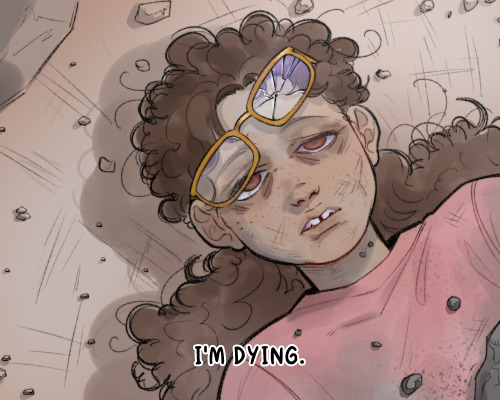
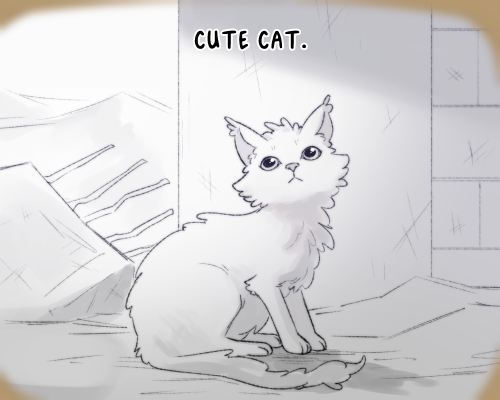
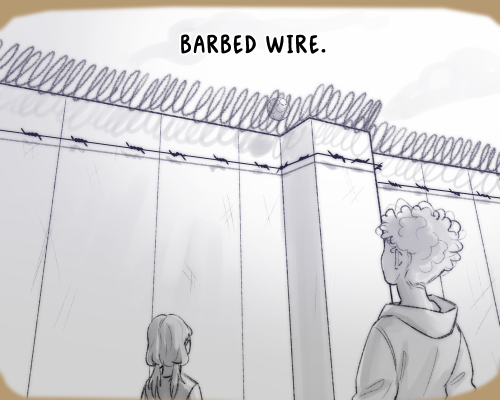
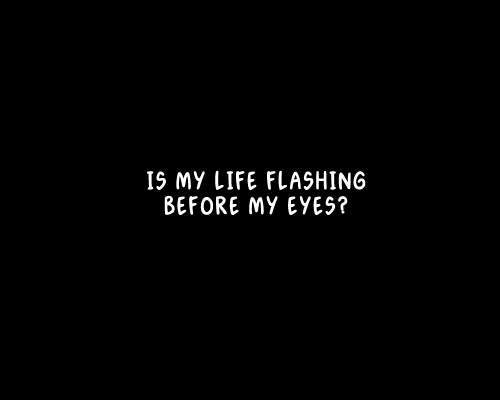
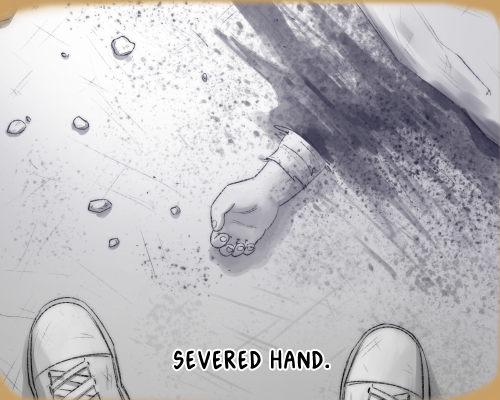
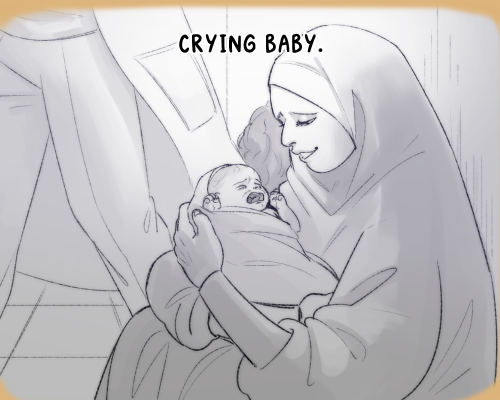
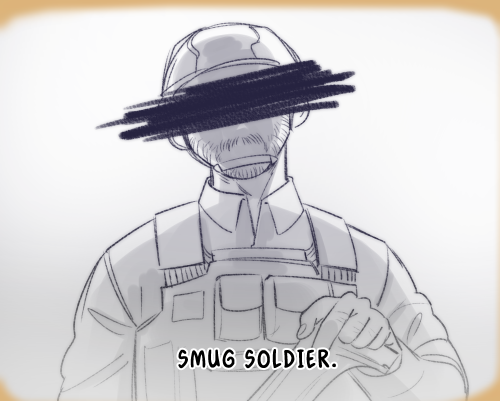
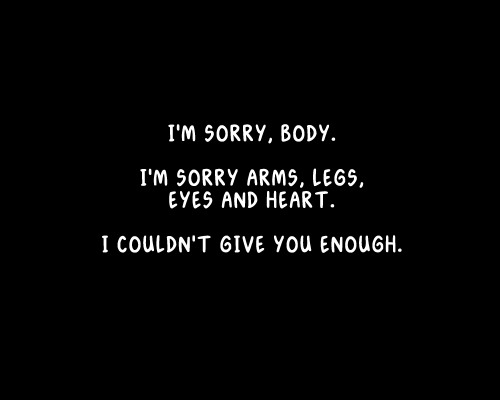
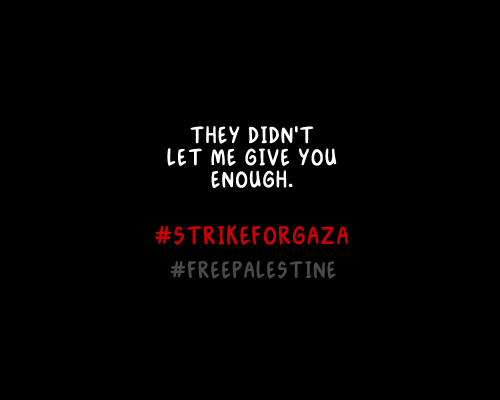
GLOBAL STRIKE FOR GAZA BEGINS TODAY!!!
To participate:
During the 21st - 28th of January...
Do not shop/online shop
Skip school/work if you are able to
Be present & active on social media and uplift Palestinian voices
Draw, write, sing, create art for Palestine
Repost & boost Palestine related content on social media
Educate yourself about the issue
We have been asked to strike during these days by the lovely & hardworking journalist Bisan from Gaza. Let's all try our best for a people being tested with the harshest conditions imaginable. The occupation must be held accountable.
We're in this together!!
Trans history: whatever happened to the other T?
I don’t know how universally relevant this is (I guess no part of queer history ever is) but I wonder how many trans people know the history of T&T groups.
Like, in the 90′s and 00′s in the Netherlands almost every trans related groups was a T&T ‘Transsexual and Transvestites’ group and that seemed to also be a quite common thing in other north-west European countries for as far as I can see. Maybe beyond Europe too? I’m not sure.
People who called themselves transsexual and transvestites at the time felt that they had many experiences in common that made organising together valuable and many agreed that there was a large grey area of overlapping identities. With very little information available, a lot of trans women identified as transvestites first, before identifying at trans women (in that period often using the term Male-to-Female transsexual and transwoman without the space between the words).
Then, in about 2007-2012, things changed. Transgender became more popular than transsexual and crossdresser largely replaced transvestite. In those early days, the term transgender was often understood to include crossdressers. The transgender umbrella is from that time:

Back then, the word transgender was seen by many as the umbrella term that would unite all the struggles against gender roles. But that grouping together was far from uncontroversial and a lot of heated debates took place over how broad or narrow the transgender umbrella term should be. Some feared too wide an umbrella would take attention away from transsexuals, others feared it would be confusing, some groups that had previously only had transwomen and transvestites did not appreciate the new presence of transmen and transmasculine people in their transgender community, some felt that it was very important to distinguish binary-identified transsexuals from all sorts of weird non-binary identities.
Those who took part in the debates probably remember the specific standpoints in more detail. For me, I just remember how in 2008-2012 all the T&T groups started changing their names to ‘transgender groups’ and then slowly but surely focussing more on only those transgender people that wanted some kind of transition, physical or social. Eventually, transvestites (or crossdressers, as the common term was by then) disappeared entirely from the transgender groups and a lot of transgender people forgot about the earlier wider meaning of transgender as an umbrella term.
Within that same period, there started to be a LOT of new and fairly positive media attention for transgender issues, specifically transition related atttention. The media was no participant at all in the ‘what does transgender mean’ question but the questions they did ask were ‘are you on hormones yet?’ and ‘did you have the surgery’? Since that was a lot better than ‘so are you mentally ill because you want to be a woman?’ a lot of people who fitted the hormones + surgery narrative eagerly accepted this ‘positive visibility’ and did not question the narrow focus. This further cemented the view that transgender meant transition.
And the transgender activists? Well, let’s just say many of them, knee deep in a struggle against terrible health care and cruel human rights violations, leaped at the opportunity to seize the momentum and finally make some changes and many didn’t really give much thought to the slow disappearance of transvestites from the newly named ‘transgender’ community.
So where are we now, in 2018?
The transgender community seems to have largely forgotten about their T&T history. The terms transvestite and crossdresser both seem to be in decline, as are the communities that meet around those identities. Younger people who don’t fit the gender binary but also do not desire social or physical transition, are now more likely to identify themselves as some kind of genderqueer and nonbinary or just ‘not into labels’ or just to wear whatever they want and rock it. Some of them find their way back under the transgender umbrella after all. Which I guess is some kind of a happy ending.
But then theres the question of recognizing our legacy. I don’t think a lot of these young people realise that, had they been born 20 years earlier, many of them would probably have found a home in the transvestite community. I don’t think a lot of young transgender people recognize older transvestites as their elders, who paved the way for them. I often get the impression that they view the dwindling groups of 50+, 60+, 70+ transvestites with an element of disdain, as people who held on to a regressive binary identity, instead of as like - their badass grandfather-mothers who build parts of trans history.








These tweets are from Dara Kass. She's an MD. Please take her advice on how to deal with this current situation. Read. Take notes. Memorize it. And protect yourselves.
All of you.
-
 raucous-cacophony liked this · 2 weeks ago
raucous-cacophony liked this · 2 weeks ago -
 cell-from-hell reblogged this · 2 weeks ago
cell-from-hell reblogged this · 2 weeks ago -
 boredomconsumes reblogged this · 2 weeks ago
boredomconsumes reblogged this · 2 weeks ago -
 boredomconsumes liked this · 2 weeks ago
boredomconsumes liked this · 2 weeks ago -
 leahweird liked this · 2 weeks ago
leahweird liked this · 2 weeks ago -
 isumichi liked this · 2 weeks ago
isumichi liked this · 2 weeks ago -
 dunno-rambles liked this · 2 weeks ago
dunno-rambles liked this · 2 weeks ago -
 thesparklingblue liked this · 2 weeks ago
thesparklingblue liked this · 2 weeks ago -
 arborealoctopodes reblogged this · 2 weeks ago
arborealoctopodes reblogged this · 2 weeks ago -
 arborealoctopodes liked this · 2 weeks ago
arborealoctopodes liked this · 2 weeks ago -
 catfirebrand reblogged this · 2 weeks ago
catfirebrand reblogged this · 2 weeks ago -
 ash-rik liked this · 2 weeks ago
ash-rik liked this · 2 weeks ago -
 sideguitars reblogged this · 2 weeks ago
sideguitars reblogged this · 2 weeks ago -
 sideguitars liked this · 2 weeks ago
sideguitars liked this · 2 weeks ago -
 lookadreygon reblogged this · 2 weeks ago
lookadreygon reblogged this · 2 weeks ago -
 enbysaurus-rex reblogged this · 2 weeks ago
enbysaurus-rex reblogged this · 2 weeks ago -
 stuckonmain liked this · 2 weeks ago
stuckonmain liked this · 2 weeks ago -
 halfaqueen reblogged this · 2 weeks ago
halfaqueen reblogged this · 2 weeks ago -
 halfaqueen liked this · 2 weeks ago
halfaqueen liked this · 2 weeks ago -
 yourlocalegotisticalqueerishere reblogged this · 2 weeks ago
yourlocalegotisticalqueerishere reblogged this · 2 weeks ago -
 yourlocalegotisticalqueerishere liked this · 2 weeks ago
yourlocalegotisticalqueerishere liked this · 2 weeks ago -
 beammeupbroadway liked this · 2 weeks ago
beammeupbroadway liked this · 2 weeks ago -
 persephoneofhades reblogged this · 2 weeks ago
persephoneofhades reblogged this · 2 weeks ago -
 postmanetc reblogged this · 4 weeks ago
postmanetc reblogged this · 4 weeks ago -
 gatheredbugs liked this · 1 month ago
gatheredbugs liked this · 1 month ago -
 lunaastridofficial liked this · 1 month ago
lunaastridofficial liked this · 1 month ago -
 strangedaysindeed liked this · 1 month ago
strangedaysindeed liked this · 1 month ago -
 bedtimeknight liked this · 1 month ago
bedtimeknight liked this · 1 month ago -
 vandersbearem reblogged this · 1 month ago
vandersbearem reblogged this · 1 month ago -
 vandersbearem liked this · 1 month ago
vandersbearem liked this · 1 month ago -
 worldsbestknifedad reblogged this · 1 month ago
worldsbestknifedad reblogged this · 1 month ago -
 myfatherissquirrelboy reblogged this · 1 month ago
myfatherissquirrelboy reblogged this · 1 month ago -
 myfatherissquirrelboy liked this · 1 month ago
myfatherissquirrelboy liked this · 1 month ago -
 doosvood27 reblogged this · 1 month ago
doosvood27 reblogged this · 1 month ago -
 doosvood27 liked this · 1 month ago
doosvood27 liked this · 1 month ago -
 dotchi13 liked this · 1 month ago
dotchi13 liked this · 1 month ago -
 p4rt1cle liked this · 1 month ago
p4rt1cle liked this · 1 month ago -
 thewingwherewith liked this · 1 month ago
thewingwherewith liked this · 1 month ago -
 brownshoes reblogged this · 1 month ago
brownshoes reblogged this · 1 month ago -
 geekyday reblogged this · 1 month ago
geekyday reblogged this · 1 month ago -
 geekyday liked this · 1 month ago
geekyday liked this · 1 month ago -
 aawkwardaaron reblogged this · 1 month ago
aawkwardaaron reblogged this · 1 month ago -
 chaoticlawfulgray reblogged this · 1 month ago
chaoticlawfulgray reblogged this · 1 month ago -
 milfygerard reblogged this · 1 month ago
milfygerard reblogged this · 1 month ago -
 auroravolta liked this · 1 month ago
auroravolta liked this · 1 month ago -
 omnomnom74 liked this · 1 month ago
omnomnom74 liked this · 1 month ago -
 shenis-saoirse reblogged this · 1 month ago
shenis-saoirse reblogged this · 1 month ago -
 softbutchcatsmith reblogged this · 1 month ago
softbutchcatsmith reblogged this · 1 month ago -
 softbutchcatsmith liked this · 1 month ago
softbutchcatsmith liked this · 1 month ago -
 honey-nut-queerio liked this · 1 month ago
honey-nut-queerio liked this · 1 month ago

if you came for the gender updates then the tag is #mygendertodayis, if you don't like my reblogs the tag is #gender reblog
112 posts